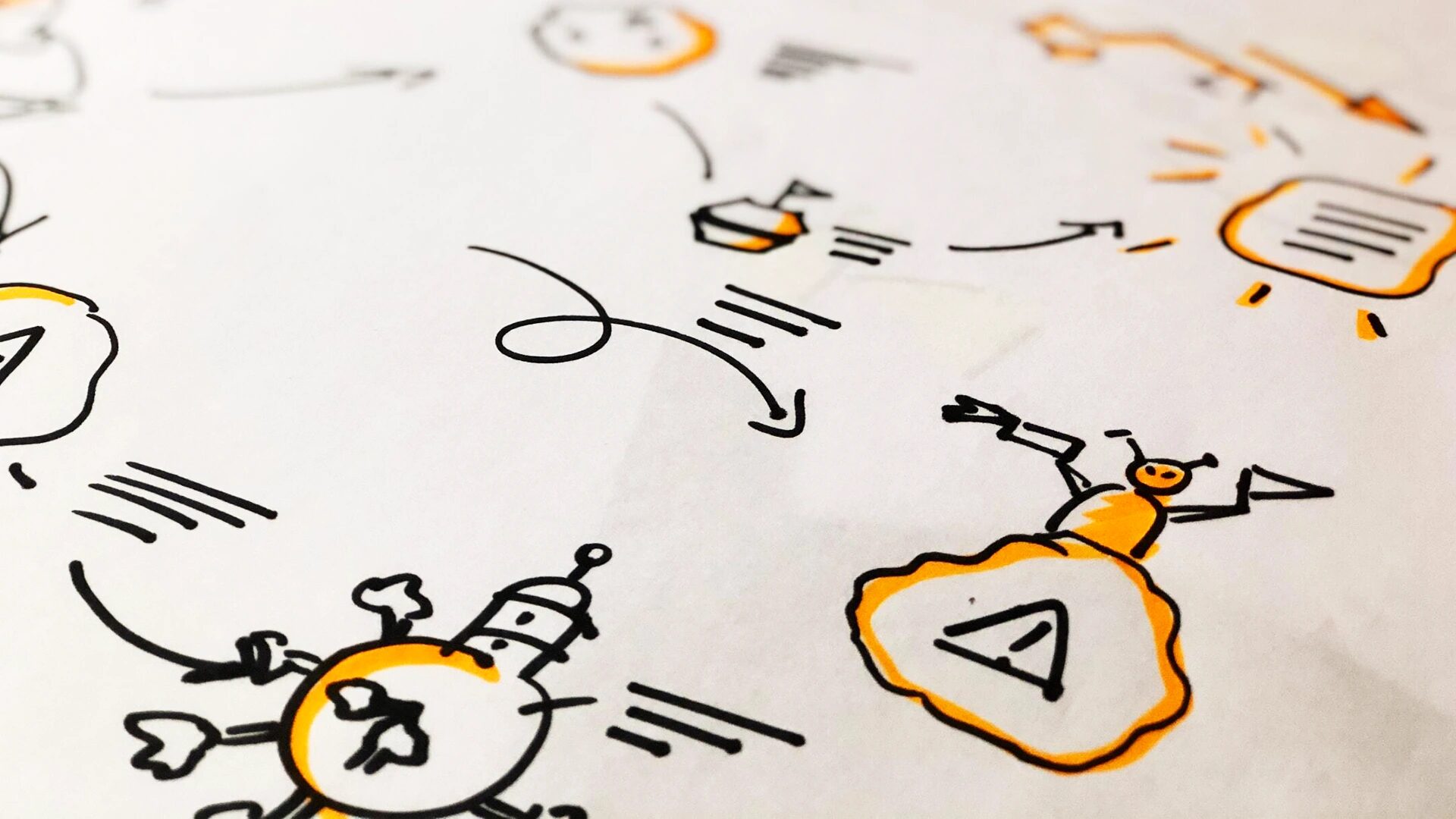With the proliferation of content creators, influencers, and brand-generated content we’ve seen an increased focus on storytelling. It’s a bit of a buzzword, but one which designers and brand owners will tell you is undeniably valuable. Research shows if customers love a brand’s story they’re 55% more likely to buy the product in the future. This makes sense considering our brains are basically hard-wired to love storytelling. But how does the term “storytelling” apply to those of us designing products and not creating content? In short, focus on the user. Everyone loves a story about themselves.
Inside-out storytelling
If your team is producing content the story may be obvious. For marketing teams, brands are characters and advertising campaigns are their scenes. Ads may even involve a scripted narration, the most literal form of storytelling we have. In graphic design, a story is told through images, materials, and clever copy. Visual cues like color, shape, and tone tell your customers who your brand is, what its personality is like, and where it fits in the world.
In most cases, the role of storytelling in design happens from the inside out: What story is your design telling to the world? New designers are being taught that story is tantamount to craft and that their work must contain a narrative. Looking good and working well isn’t enough.
Outside-in storytelling for product design
In product design storytelling is less obvious because it happens from the outside-in. While we can craft interfaces with character and label buttons with personality, our story doesn’t take place on the screen. The user’s experience is the story we’re crafting. The user is our main character, their experience is the setting, and our product is simply a path they take in their journey. A product designer’s job is to enable the user to experience their story in the most joyful, frictionless way possible.
Take Instagram for example. The interface is simple without much opinion; minimal color, basic shapes, direct actions. The product designers at Instagram aren’t telling the story of a clean interface. Their story is that of the user’s joy when sharing life experiences or connecting with friends and family. Each time we upload a photo, add a caption, and engage with our followers, we’re adding to the story the product designers laid the foundation for.
How we think about products
At Clockwork, our customers live out all kinds of stories. We approach each product differently, and allow the user to tell us where the narrative is going. As their needs change, we update the scenery. As their interests evolve, we open opportunities for new storylines.
Whether or not designers care to call themselves storytellers, we should be aware of our role in helping others live out their stories. After all, it is only once our products are out in the world that we see where people will take our ideas.
Learn about our human-first approach to experience design. Or, if you’re ready to discuss how we can develop your digital product, get in touch.




